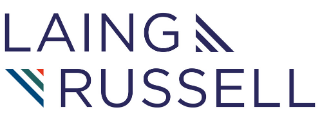Posts Tagged ‘EA’
Enabling Transformation of your Business Platform: Enterprise Architecture for Hybrid Cloud World
Back in 2016, we wrote an insight piece discussing the role of the Enterprise Architecture (EA) capability of an organisation in designing and delivering the architectures for future cloud environments, the pitfalls and some of the phony thinking that was touted at the time. The original article entitled “Cloudy Day” is available on request from…
Read MoreMicro-standards Enabling Pace and Agility
An enduring dilemma for organisations is setting and holding their position on standards. Standards good vs. standards bad can and often does become an unhelpful debate. The focus can be on the narrative of the standard itself rather than the outcomes that they promote. This dilemma has many specific challenges in our work with clients…
Read MoreBuild it and they (probably) won’t come
With apologies to the scriptwriter of the Field of Dreams. Whilst the film is an enjoyable watch, that well-known quote from the film is just not true. No matter how great ‘it’ is, people will probably not ‘come’. Just because it’s there. Just because you built ‘it’. Designing and building the best solution is necessary,…
Read More


